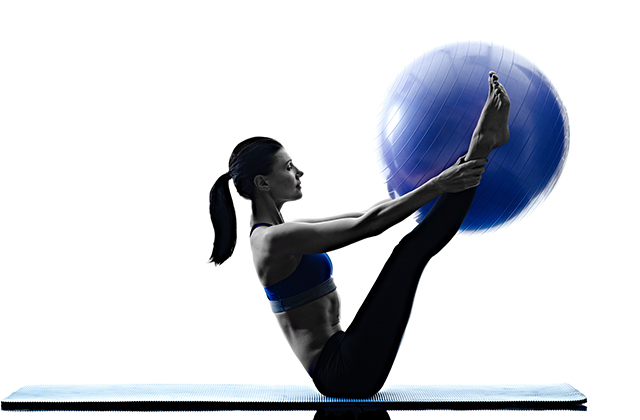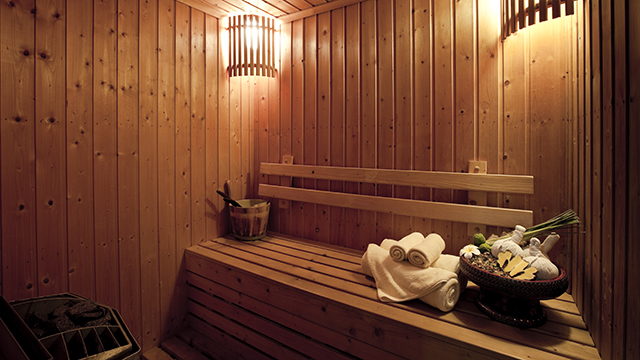Introduction
Pilates has emerged as a popular fitness practice, gaining traction for its holistic approach to strengthening the body and improving flexibility. As more people recognize the benefits of Pilates, there is a growing interest in pursuing a career as a Pilates instructor. However, before embarking on this path, it’s crucial to understand the financial aspects associated with being a Pilates instructor. In this article, we delve into the world of Pilates instructors, exploring their average earnings, career opportunities, and strategies to maximize income. As a Pilates teacher training Sydney you need to adapt change base on the trends to become effective with your students.
1. What is Pilates?
Before delving into the financial aspect, let’s first establish a foundation by understanding what Pilates is. Developed by Joseph Pilates in the early 20th century, Pilates is a fitness system that focuses on strengthening the core, improving flexibility, and enhancing body awareness. It combines controlled movements with specific breathing techniques, promoting a mind-body connection.
2. The Rising Popularity of Pilates
Over the years, Pilates has experienced a surge in popularity, with people from various age groups and fitness levels embracing this practice. The emphasis on overall well-being and the ability to customize workouts to individual needs has contributed to its widespread appeal. As the demand for Pilates grows, so does the need for qualified instructors to guide practitioners.
3. Becoming a Pilates Instructor
To become a Pilates instructor, one must undergo specialized training and obtain certification from accredited programs. These programs provide comprehensive education on Pilates principles, anatomy, teaching techniques, and safety precautions. The certification process ensures that instructors have the knowledge and skills to deliver effective and safe workouts.
4. The Financial Landscape
4.1. Average Earnings of Pilates Instructors
The financial worth of a Pilates instructor can vary depending on several factors, including location, experience, and expertise. On average, Pilates instructors earn between $30 and $100 per hour. However, it’s important to note that these figures can differ significantly based on the instructor’s reputation, the region’s cost of living, and the type of employment.
4.2. Factors Influencing Earnings
Several factors can influence the earnings of Pilates instructors. These include the instructor’s experience level, reputation, geographic location, and the number of clients they attract. Additionally, the type of employment, such as working in a studio, gym, or offering private sessions, can impact income. Furthermore, instructors who invest in continuous education and additional certifications may increase their earning potential.
5. Exploring Career Opportunities
Pilates instructors have a range of career opportunities to consider. Understanding the various employment settings and avenues for growth is essential for maximizing financial potential.
5.1. Employment Settings
Pilates instructors can find employment in various settings, including fitness studios, gyms, wellness centers, and rehabilitation facilities. Each setting offers different advantages and earning potentials. Studios and wellness centers often provide a steady flow of clients and offer opportunities for advancement. On the other hand, working in a gym allows instructors to reach a broader audience and benefit from the gym’s existing membership base.
5.2. Private Instruction
Offering private Pilates sessions is another avenue for instructors to increase their income. Private sessions provide personalized attention and can command higher rates compared to group classes. Many individuals prefer the one-on-one approach to address specific goals or address injuries. Building a loyal client base for private instruction can significantly enhance an instructor’s financial stability.
5.3. Group Classes
Leading group Pilates classes is a popular option for instructors. Group classes allow instructors to work with multiple clients simultaneously, maximizing their time and income potential. Teaching group classes in various locations, such as community centers or corporate wellness programs, can further expand an instructor’s reach and earnings.
6. Expanding Your Reach
To enhance their financial worth, Pilates instructors can leverage technology and explore additional avenues beyond traditional in-person sessions.
6.1. Online Instruction
Incorporating online instruction is a valuable way to reach a broader audience and generate additional income. With the convenience of technology, instructors can offer virtual classes, tutorials, and even personalized training plans. Online platforms provide the flexibility to connect with clients worldwide, expanding the instructor’s reach and income potential.
6.2. Specialized Workshops
Hosting specialized workshops and seminars is another effective strategy for Pilates instructors to increase their revenue. These workshops can focus on specific topics like prenatal Pilates, injury prevention, or advanced techniques. By positioning themselves as experts in niche areas, instructors can attract dedicated participants and charge premium rates for their specialized knowledge.
7. Creating Multiple Revenue Streams
To establish a sustainable and profitable career, Pilates instructors should consider diversifying their income sources.
7.1. Developing Your Brand
Building a personal brand is crucial for attracting clients and commanding higher rates. Instructors can create a professional website, showcase their expertise through blog posts or videos, and actively engage on social media platforms. Developing a strong brand identity and cultivating an online presence can significantly contribute to an instructor’s financial success.
7.2. Additional Certifications
Expanding knowledge and skill set by obtaining additional certifications can open doors to new opportunities and increase earning potential. Instructors can pursue certifications in specialized areas like Pilates for athletes, rehabilitation Pilates, or pre and postnatal Pilates. These certifications enhance credibility and allow instructors to cater to specific target markets, commanding higher rates for their expertise.
8. Balancing Passion and Profit
While financial considerations are essential, it’s crucial for Pilates instructors to strike a balance between their passion for teaching and financial goals. Building a sustainable and rewarding career requires nurturing both aspects. By maintaining a genuine love for the practice and prioritizing client satisfaction, instructors can build a loyal client base that translates into long-term financial success.
9. Conclusion
Becoming a Pilates instructor offers a rewarding career path, both in terms of personal fulfillment and financial worth. While earnings can vary based on factors like location, experience, and employment setting, instructors have ample opportunities to increase their income through various strategies. By diversifying revenue streams, expanding their reach through online instruction, and leveraging specialized workshops, Pilates instructors can maximize their earning potential. Check out other Pilates workouts in your area.
Remember, success as a Pilates instructor is not solely determined by financial gain. It’s essential to maintain a genuine passion for the practice and prioritize the well-being of clients. By striking a balance between passion and profit, instructors can create a fulfilling and sustainable career that positively impacts the lives of others.



